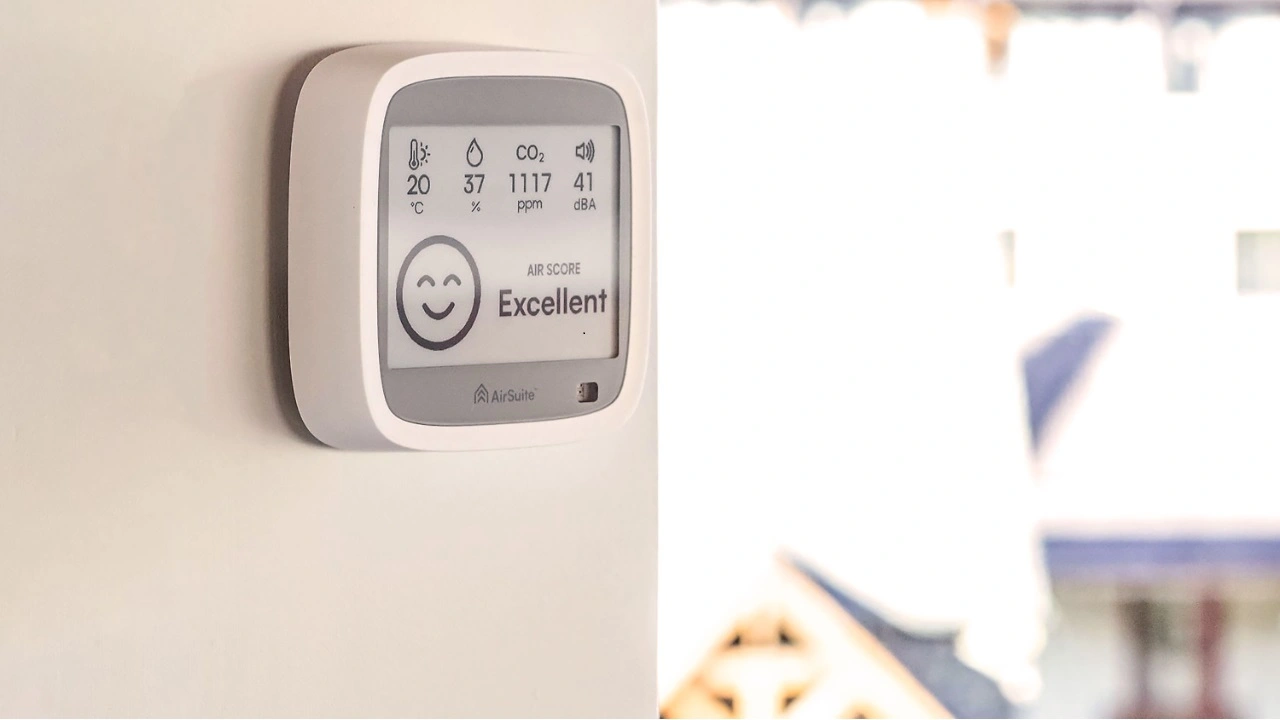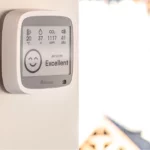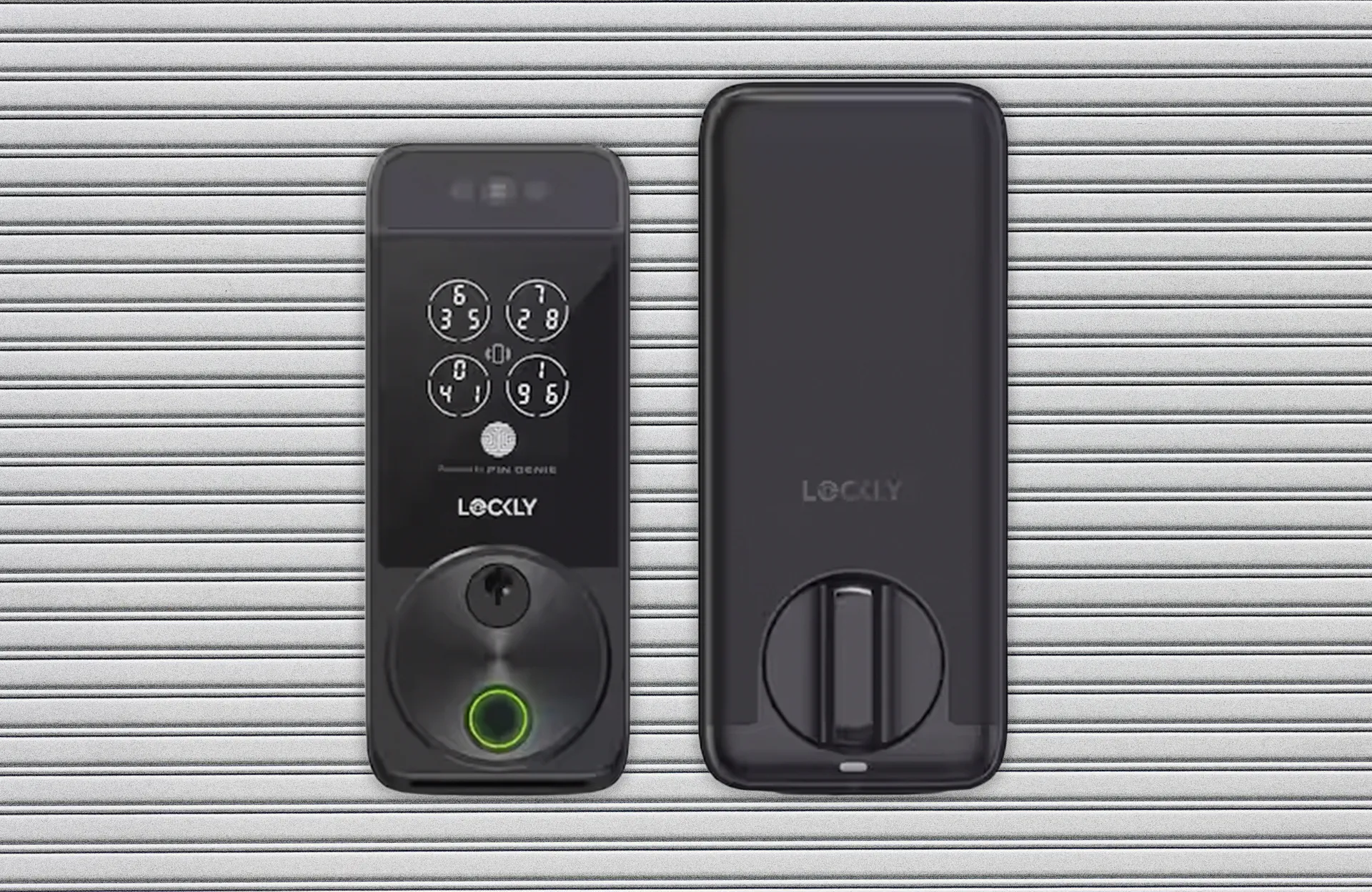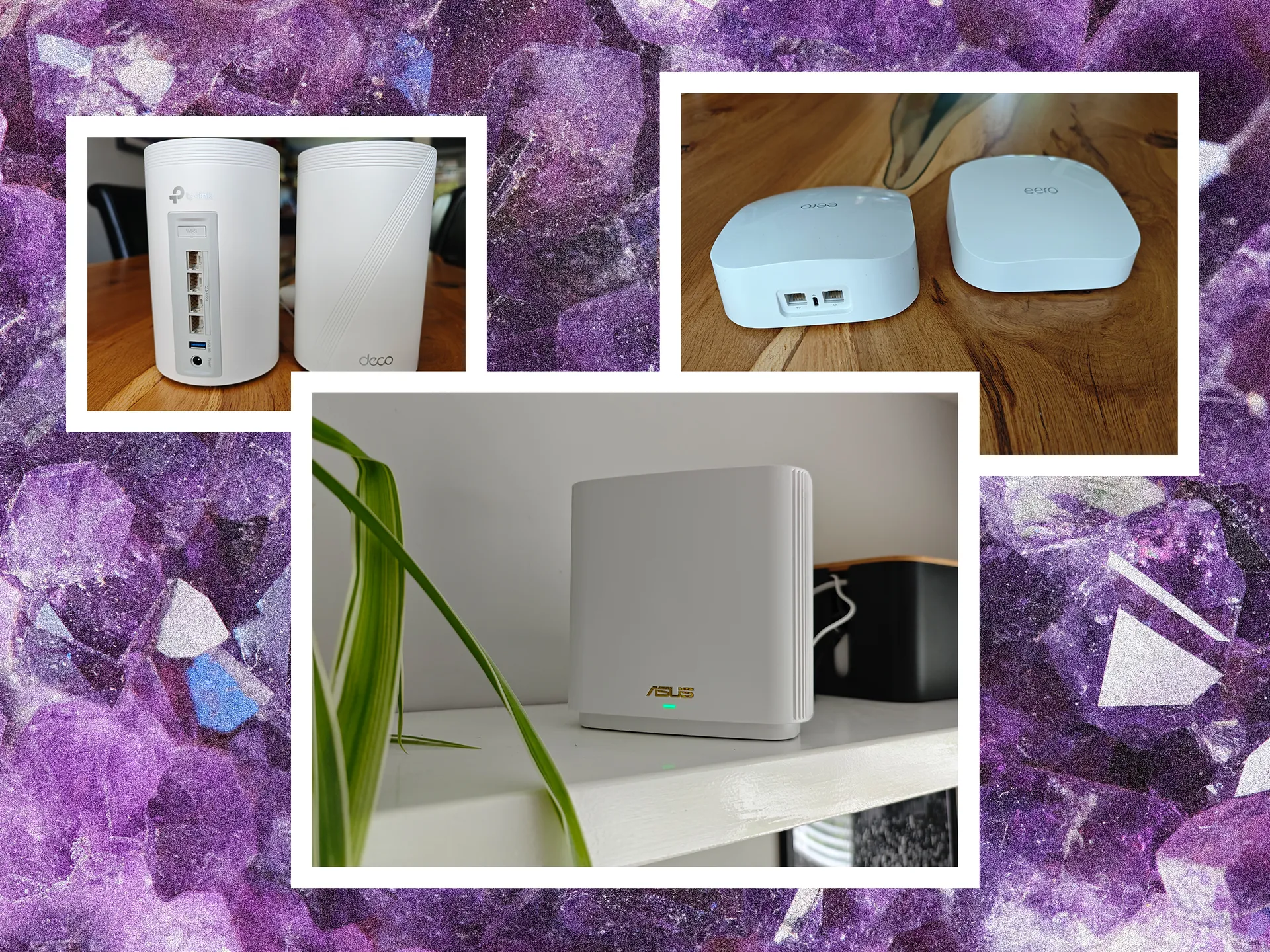
While outdoor air pollution often dominates discussions, it’s important to remember that individuals spend up to 90% of their time indoors, according to the U.S. Environmental Protection Agency (EPA). Poor indoor air quality poses significant health risks, contributing to over 3.2 million premature deaths globally each year, as reported by the World Health Organization.
The U.S. National Institute of Environmental Health Services identifies several sources of indoor pollution linked to human activities, such as smoking, burning solid fuels, cooking, and cleaning. Other contributors include emissions from construction materials and biological contaminants like mold, viruses, and allergens.
Many harmful pollutants, like carbon monoxide from gas heaters, are undetectable without specialized technology. This odorless gas can be dangerous when leaks occur, particularly at low levels that might evade standard alarms. Although these levels may not be immediately fatal, prolonged exposure can lead to severe health issues, including fatigue, memory loss, and musculoskeletal injuries.
Technological Solutions for Cleaner Air
Fortunately, technology offers innovative solutions to combat indoor air pollution. Advances in wireless technology enable the development of scalable systems that monitor indoor air quality effectively. By deploying a variety of sensors throughout a building, we can collect data that sheds light on factors affecting air quality.
Wireless technologies such as Bluetooth Low Energy (LE) and low-power Wi-Fi facilitate the easy installation of sensors. These devices can send data to Wi-Fi gateways or cellular IoT gateways, allowing for remote access to information about indoor air conditions. This flexibility is particularly beneficial for both new constructions and retrofitting existing buildings.
One major advantage of modern sensors is their ability to continuously collect data, revealing long-term trends in air quality. This information can inform adjustments, such as increasing air purification during pollen season or enhancing ventilation when conditions could lead to mold growth.
Edge computing allows these devices to filter data and only send alerts when changes in humidity, temperature, or air quality are needed. This capability minimizes energy consumption and data costs by reducing unnecessary transmissions.
By integrating IoT with smart air filtration and HVAC systems, buildings can react dynamically to changes in air quality. For instance, if humidity rises, HVAC systems can activate to remove excess moisture, or if pollutants are detected, air filtration systems can automatically kick in to improve air quality.
Impact on Education and Workplace Environments
Emerging wireless air quality monitoring solutions are demonstrating their efficacy. In New Zealand, the Te Haratau project, initiated by the Ministry of Education, highlighted the link between indoor air quality and student learning outcomes. Continuous monitoring of environmental variables has been shown to enhance health, productivity, and employee retention.
For example, AirSuite recently launched the AirSuite Glance, a device that tracks various environmental factors, including carbon dioxide and volatile organic compounds (VOCs), which can significantly impact health. Using Nordic Semiconductor’s technology, this device communicates real-time data to users, helping them manage indoor air quality effectively.
The importance of immediate feedback is underscored by Peter Pooran, CEO of AirSuite, who notes that real-time data allows for quick responses to changing air quality conditions, particularly in crowded spaces.
Innovations in Smart Buildings
In smart buildings, advanced air quality solutions are becoming increasingly vital. Devices developed by French IoT specialist Adeunis offer real-time monitoring of temperature, humidity, and air pollutants. By utilizing cellular IoT technology, these sensors deliver critical information to building managers, enabling them to ensure safe and comfortable environments for occupants.
According to Catalina Raba Mora, an RF Hardware Developer at Adeunis, these solutions help maintain safe levels of harmful substances and enhance overall comfort through precise measurements.
Another example is the P Alert Meth Alarm, designed to detect methamphetamine contamination in buildings. This solution notifies property managers immediately if harmful substances are detected, showcasing the potential for wireless monitoring systems to protect health.
The Future of Air Quality Monitoring
As the market for air quality monitoring is projected to reach $6.9 billion by 2028, the introduction of advanced wireless systems is anticipated to play a significant role. Nordic Semiconductor’s new multiprotocol system-on-chips (SoCs) are set to enhance performance, security, and integration for air quality devices.
These SoCs support various protocols, making them adaptable for a range of applications. They also facilitate machine learning, allowing for smarter adjustments to building systems based on historical air quality data. This means that HVAC systems could automatically optimize settings in response to anticipated occupancy changes, reducing energy use while ensuring a healthier indoor environment.
Integrating machine learning with air quality monitoring will likely yield improved predictive capabilities, empowering organizations to make informed decisions about indoor air quality management. Ultimately, these technological advancements promise to create healthier and more comfortable spaces for everyone.







